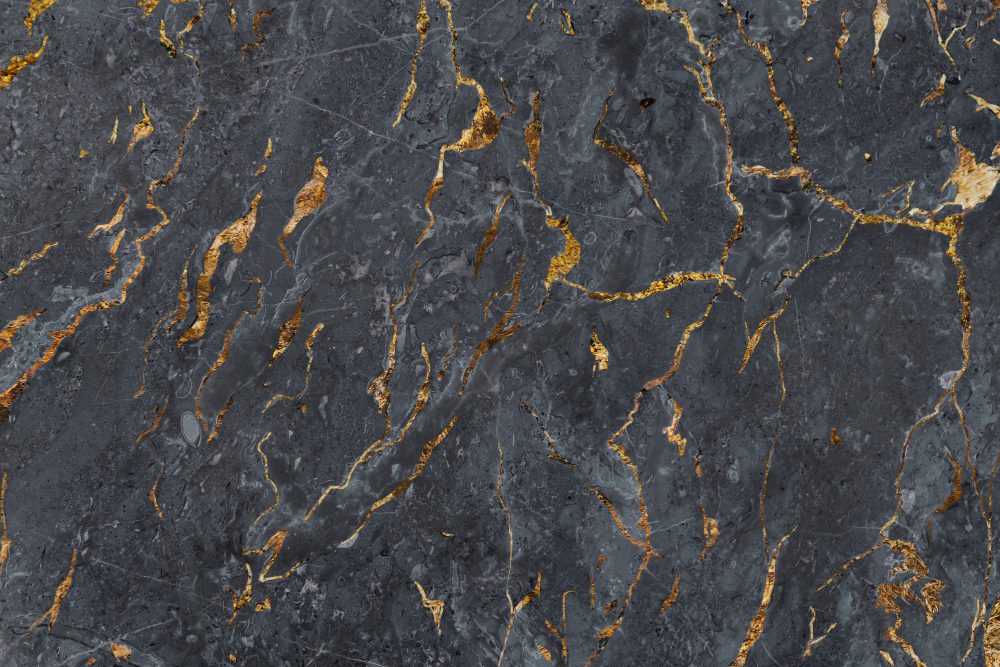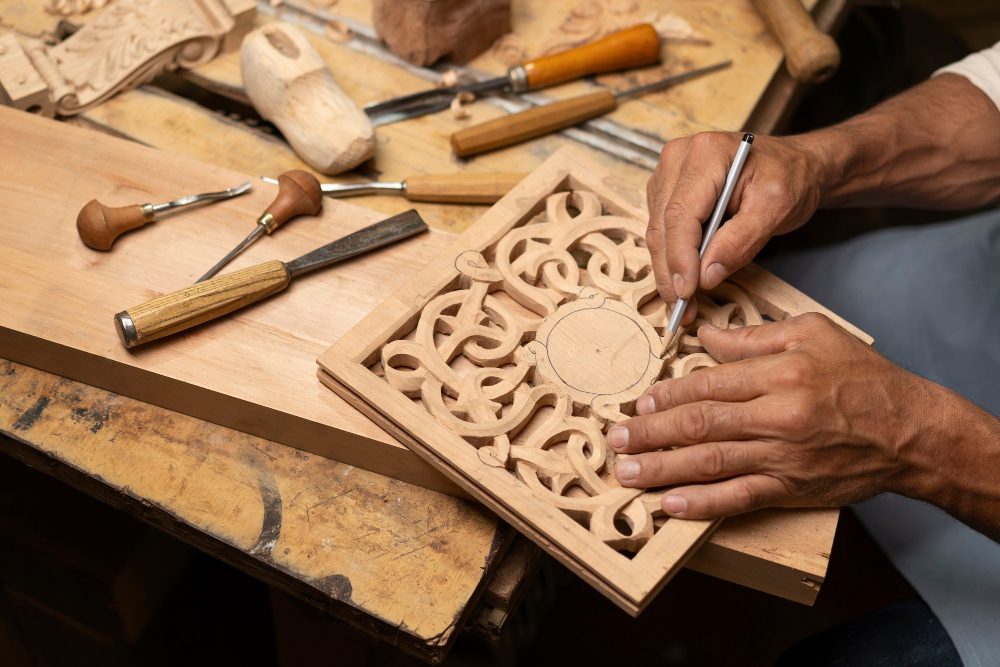What tools do stonemasons use?
Stonemasonry is an age-old craft that requires skill, precision, and the use of specialized tools. From ancient monuments to modern architectural marvels, stonemasons have played a crucial role in shaping our built environment. In this article, we will explore the essential tools used by stonemasons and delve into the specific tasks they perform.
The Essential Tools
Stonemasons rely on a diverse range of tools to cut, shape, and dress stone. These tools can be broadly categorized into hand tools and power tools.
Hand Tools
Hand tools are the backbone of a stonemason’s arsenal, allowing them to work with precision and control. Here are some of the key hand tools used by stonemasons:
- Chisels: Chisels come in various sizes and shapes and are used for cutting and shaping stone. They are often made of hardened steel and feature a sharp edge for effective cutting.
- Hammers: Stonemasons use hammers, such as club hammers and pitching hammers, to strike the chisels and drive them into the stone. The weight and design of the hammer determine the force exerted on the chisel.
- Pointing Trowel: A pointing trowel is a small handheld tool used for applying mortar or cement between stones. It is also used for finishing touches and creating intricate designs on the stone surface.
- Jointers: Jointers, also known as slickers or beaders, are used to create smooth and even joints between stones. They are available in different sizes and shapes, allowing stonemasons to achieve various joint profiles.
Power Tools
While hand tools are essential, power tools have revolutionized the field of stonemasonry, enabling faster and more efficient work. Here are some of the power tools commonly used by stonemasons:
- Angle Grinder: An angle grinder equipped with a diamond blade is a versatile tool used for cutting through stone quickly. It allows stonemasons to make precise cuts and shape stones to their desired specifications.
- Stone Saw: Stone saws, available in both handheld and stationary versions, are used for cutting large blocks or slabs of stone. They provide clean and accurate cuts, making them indispensable in many stonemasonry projects.
- Polisher: A polisher, equipped with grinding pads, is used to smooth and polish the surface of the stone. This tool helps stonemasons achieve a refined finish and enhance the aesthetic appeal of their work.
The Stonemason’s Craft
Stonemasons utilize these tools to create a wide range of structures and decorative elements. From carving intricate sculptures to building sturdy walls, their craftsmanship can be seen in various architectural styles throughout history.
“Stonemasons are the artists who breathe life into stone, transforming it into works of art that stand the test of time.” – John Smith, Master Stonemason.
The techniques employed by stonemasons depend on the project at hand. They may use tools like chisels and hammers to carve detailed reliefs or employ modern machinery to precisely cut and shape large stone blocks.
Specialized Techniques
Stonemasons are skilled in a range of specialized techniques, including:
- Dressing: Dressing involves shaping and smoothing rough stone to achieve the desired finish. This can be done by hand or using power tools.
- Carving: Stonemasons with artistic flair excel at carving intricate designs and sculptures from stone, showcasing their creativity and precision.
- Mortaring: Mortaring is the process of applying mortar or cement to hold stones together, creating a solid and durable structure.
- Restoration: Many stonemasons specialize in restoring historical buildings and monuments, employing their expertise to preserve and repair damaged stone elements.
In conclusion, stonemasonry is a timeless craft that demands skill, patience, and a wide array of tools. Whether working with hand tools passed down through generations or utilizing modern power tools, stonemasons shape the very fabric of our built environment, leaving behind lasting works of art.
What tools did medieval stonemasons use?
Introduction
In the medieval period, stonemasons played a crucial role in the construction of grand cathedrals, castles, and other stone structures. These skilled craftsmen relied on a variety of tools to shape and manipulate the stone. Let’s explore some of the tools that were commonly used by medieval stonemasons.
1. Chisels and Hammers
Chisels and hammers were the primary tools used by stonemasons. They used chisels of different sizes and shapes to carve and shape stone. The hammers, known as mallets, were used to strike the chisels and provide the force needed for carving.
2. Compasses and Squares
Stonemasons relied on compasses and squares to ensure accuracy and precision in their work. Compasses were used to create circular patterns or arcs, while squares helped maintain right angles and straight lines.
3. Trowels and Floats
Trowels and floats were used for spreading and smoothing mortar during the construction process. Trowels allowed stonemasons to apply mortar into gaps and joints, while floats were used to create a smooth finish on the surface of the stone.
4. Levels and Plumb Lines
Levels and plumb lines were essential tools for ensuring that walls and structures were straight and vertically aligned. Levels helped stonemasons maintain horizontal alignment, while plumb lines ensured verticality.
5. Mason’s Axes
Mason’s axes were heavy-duty tools used to rough-cut and shape stone blocks. With a wide blade and a strong handle, these axes allowed stonemasons to remove excess stone quickly.
6. Scribes and Mortise Chisels
Scribes were used to mark precise lines on the stone surface for guidance during the carving process. Mortise chisels, with their sturdy build and sharp edges, were used to create rectangular recesses for joints or fixtures.
7. Wedges and Feathers
Wedges and feathers served as a means of splitting stone blocks. Stonemasons inserted the wedges into shallow holes drilled along the stone’s surface and then tapped them gently with hammers to create controlled splits.
8. Pneumatic Tools
While not used in medieval times, it’s worth mentioning that modern stonemasons now have the advantage of pneumatic tools such as air hammers and diamond-tipped saws which significantly speed up the carving and cutting process.
What is a Mason’s hammer called?
The Essential Tool for Stonemasons
A Mason’s hammer, also known as a Stone Mason’s hammer, is a fundamental tool used by stonemasons in their craft. It plays a crucial role in shaping and working with stones for various construction and artistic purposes. The hammer is designed specifically for the demanding tasks that stonemasons face on a daily basis.
The Design and Functionality
With a sturdy wooden handle and a heavy metal head, a Mason’s hammer is built for both precision and power. The hammer’s head typically consists of two sides: a flat face and a chisel-like edge. This dual-purpose design allows stonemasons to perform a range of tasks using a single tool, such as breaking or trimming stones, driving in chisels, or making precise cuts.
Distinct Names for Mason’s Hammers
While Mason’s hammer is the most widely used term in the United Kingdom, it’s worth noting that different regions may have their own names for this essential tool.
In Scotland, a Mason’s hammer is commonly referred to as a “maul.”
North American stonemasons often use the term “brick hammer” when referring to a similar tool.
Mason’s Hammer in Action
Stonemasons skillfully wield the Mason’s hammer to create impressive stone structures and intricate carvings. Whether they are working on historical buildings, monuments, or contemporary projects, the hammer becomes an extension of their hand, allowing them to shape and manipulate stones with precision and expertise.
The Mason’s Hammer and Other Stonemason Tools
The Mason’s hammer is just one of the many tools that stonemasons employ in their trade. Other essential tools include chisels, mallets, trowels, levels, and measuring devices. Each tool has its own purpose and contributes to the overall craftsmanship and artistry of the stonemason’s work.
Conclusion
Medieval stonemasons possessed a variety of specialized tools that allowed them to transform stone into remarkable architectural structures. From chisels and hammers to compasses and squares, each tool played a crucial role in the mason’s craft. The tools they used required skill and expertise to wield effectively, resulting in the impressive stone buildings that still stand today.
A Mason’s hammer, often called a Stone Mason’s hammer, is an indispensable tool for stonemasons. Its sturdy design and dual functionality make it ideal for various tasks involved in working with stones. Whether referred to as a “maul” in Scotland or as a “brick hammer” in North America, this tool is a testament to the skill and dedication of stonemasons worldwide.


